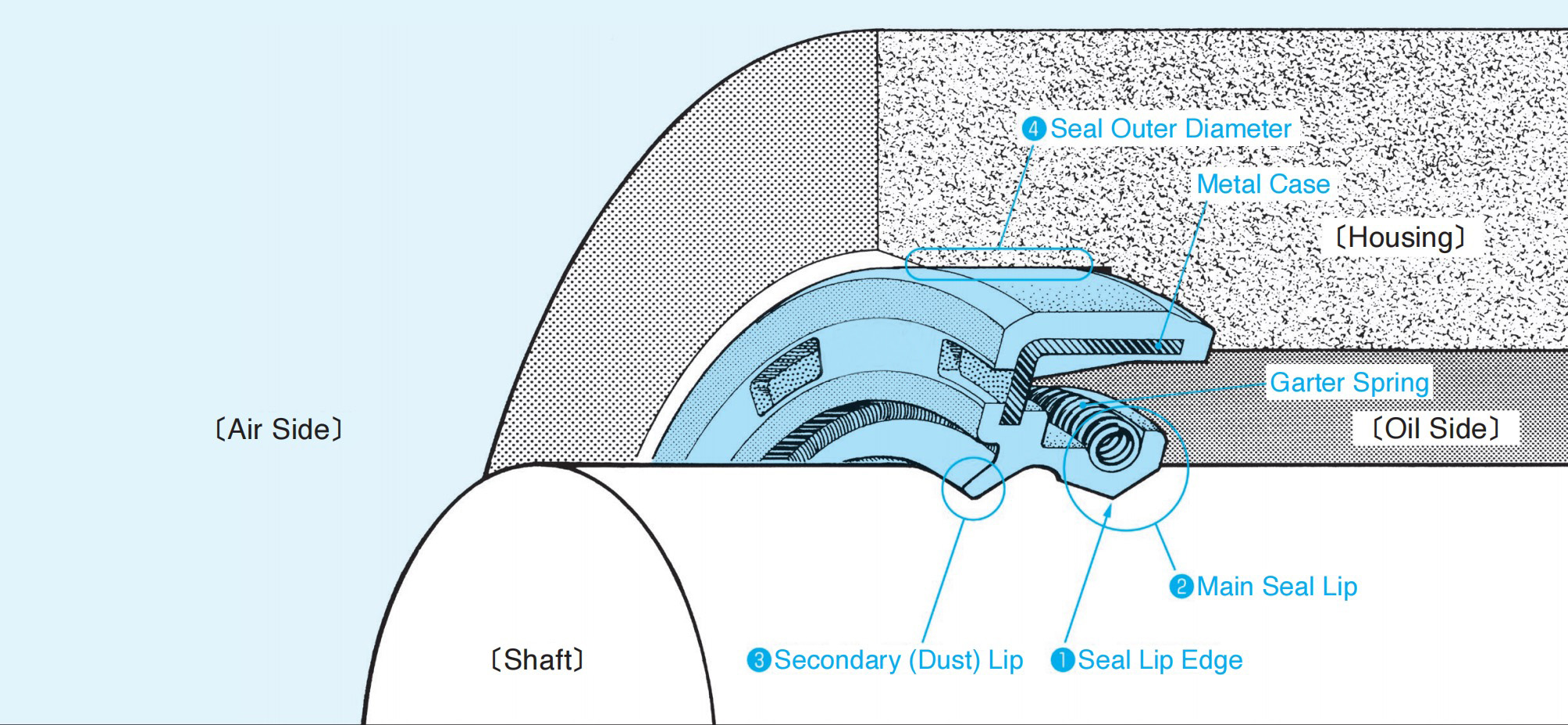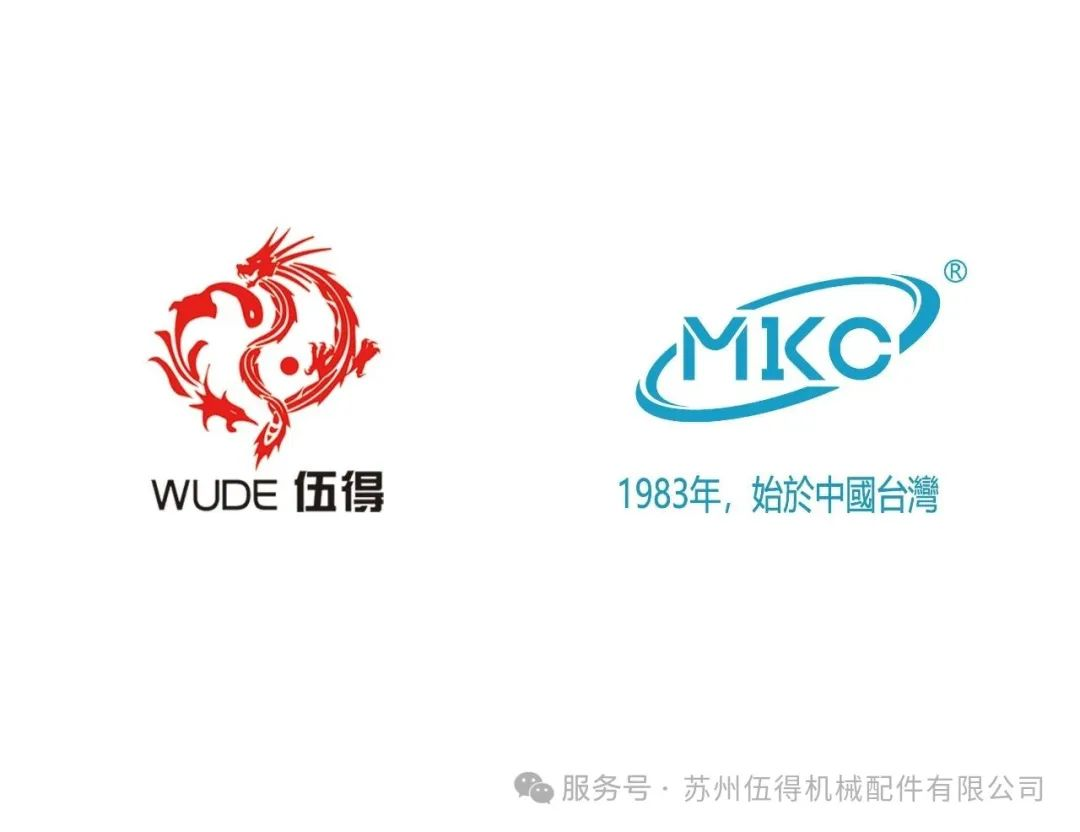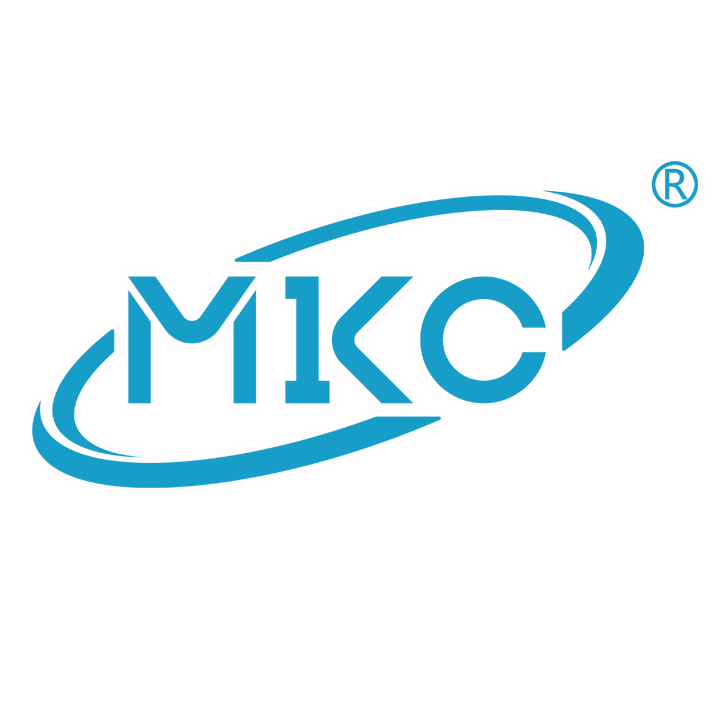 History
History
The earliest rudimentary seals were leather straps wrapped around axles to retain animal fat lubrication—less than ideal and prone to leaks. ?
In the early 20th century, assembled leather seals in metal cases became common, enabling press-fit sealing in industrial machinery. ?
The Chicago Rawhide “Perfect Oil Seal”, made of leather within a metal housing, was patented in 1928 and widely adopted—by 1938, 93% of automotive equipment used it. ?
A major leap occurred post-WWII with the shift from leather to oil-resistant synthetic rubbers (like nitrile), and the advent of chemically bonded rubber-to-metal designs by the 1950s. ?
The 1960s introduced high-temperature elastomerssuch as silicone, polyacrylate, and fluoroelastomers; by the 1980s, seals featured integrated dynamic surfaces (cassettes) and multi-lip designs. ?
Current Development & Materials
Modern radial shaft seals are comprised of:
A?metal or rubber-covered outer case
A?rubber or PTFE sealing lip
A garter springto maintain lip pressure, and sometimes a dust lip to guard against contaminants. ?
Common elastomers include NBR, FKM, ACM, HNBR, EPDM, etc., selected based on resistance to chemicals, temperature, and wear. ?
Industry standards guide design, dimensions, and testing—for example, ISO 6194and DIN 3760 are widely used specifications. ?
Leading companies such as SKF, Freudenberg Sealing Technologies, Trelleborg, Parker Hannifin, NOK, and John Crane continue to drive innovation and global expansion. ?
MKC&WUDE Oil Seal Industrial Co., Ltd. is a professional manufacturing, our team had experience in producing technology and design development more than thirty years. By using various kinds of vulcanization automatic equipment and new technology to provide high value oil seals for customers.
? ?Through innovation, MKC&WUDE develops technology that strengthens the company’s position in the competitive market.

Future Outlook & Trends
? ? ? ? ?











